Diving in Tulamben
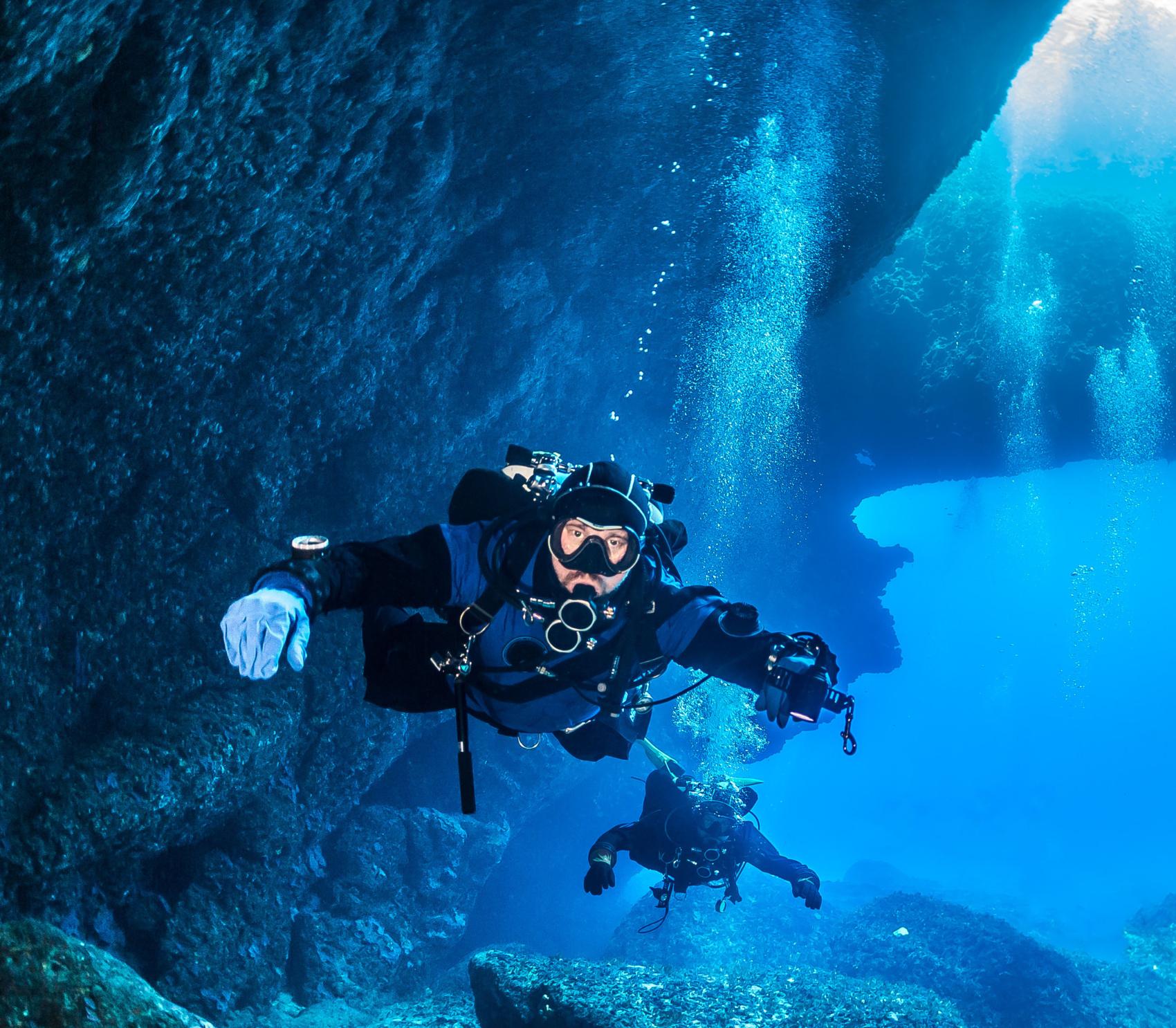
Shore dives, rare finds, all-year diving.
Types of diving in tulamben
- Drift Diving
- Reef Diving
- Ocean Diving
Five unique spots, from gentle reefs to deep drop-offs.
Tulamben is a diver’s paradise with five distinct dive sites where volcanic backdrops meet vibrant marine life. Explore the iconic USAT Liberty wreck at twilight, spot pygmy seahorses at Gerombong, or hunt for rare macro life at Batu Niti. Deep divers can challenge Batu Ringgit’s dramatic drop-offs, while beginners enjoy Melasti’s gentle coral slopes. Each site offers unique experiences, all just minutes from the main beach, no boat required.
Volcanic slopes, black sands, rich reefs.
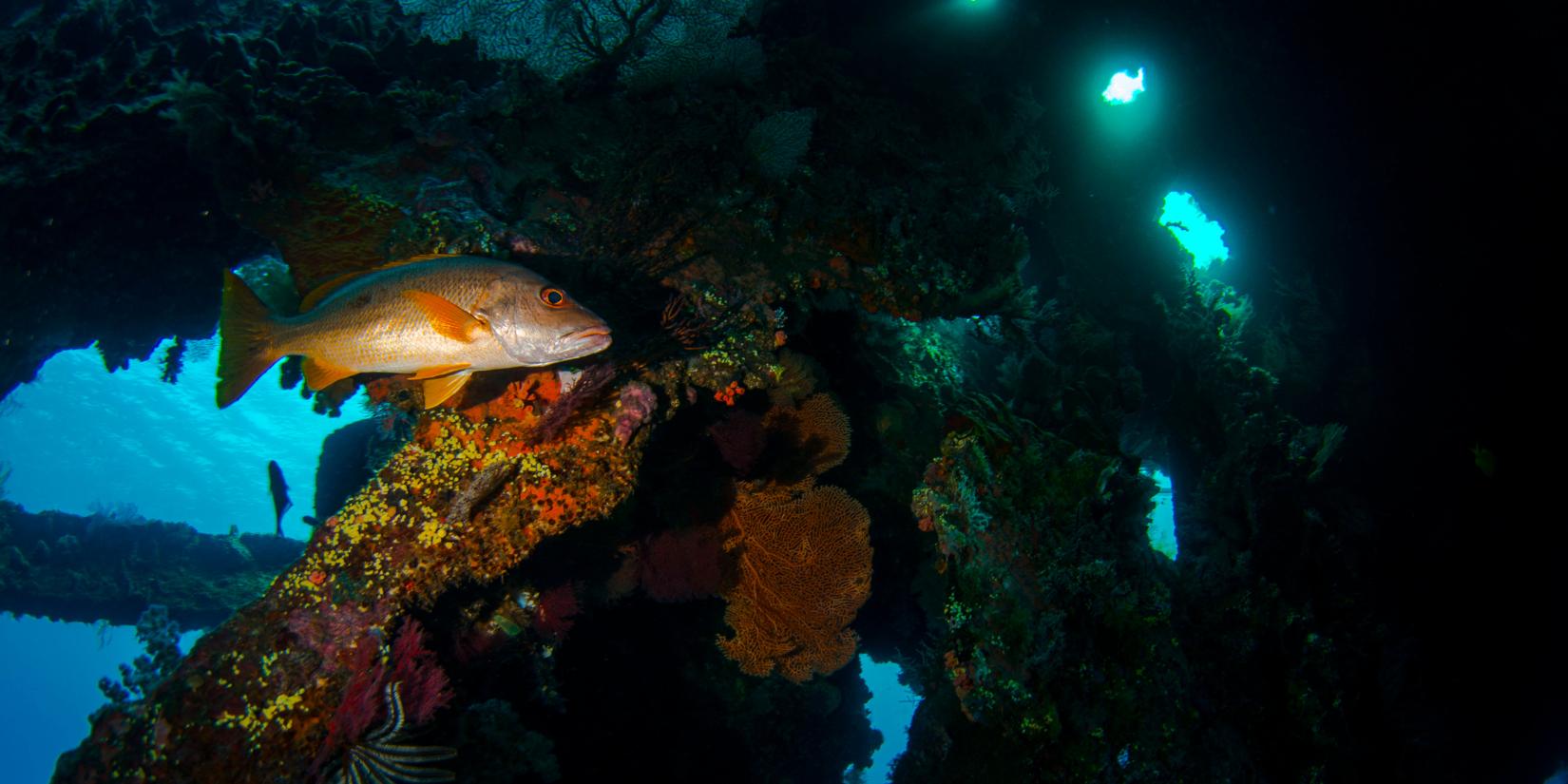
Tulamben’s underwater world blends dramatic volcanic slopes with coral gardens bursting with life, making it one of Indonesia’s most iconic dive destinations. Macro lovers are in for a treat, over 50 species thrive here, including rare nudibranchs like Hypselodoris whitei. Spot pyjama cardinalfish weaving through anchor coral, blue-spotted stingrays drifting across black sand, and juvenile batfish hiding in the Liberty’s crevices. Year-round visibility and calm currents make it perfect for underwater photography, especially during night dives when Spanish dancers emerge.
A perfect blend of lava landscapes and thriving marine life.
Tulamben, on Bali’s northeast coast, blends volcanic terrain with nutrient-rich waters to create one of the island’s most diverse dive regions. Sites like the USAT Liberty, House Reef, and Seraya Secrets reveal lava flows, artificial reefs, and rare marine life, from ghost pipefish to seahorses. Black sand slopes host garden eels and cuttlefish, while night dives unveil rare crustaceans. Easy access, unique geology, and conservation efforts make Tulamben a standout underwater destination.
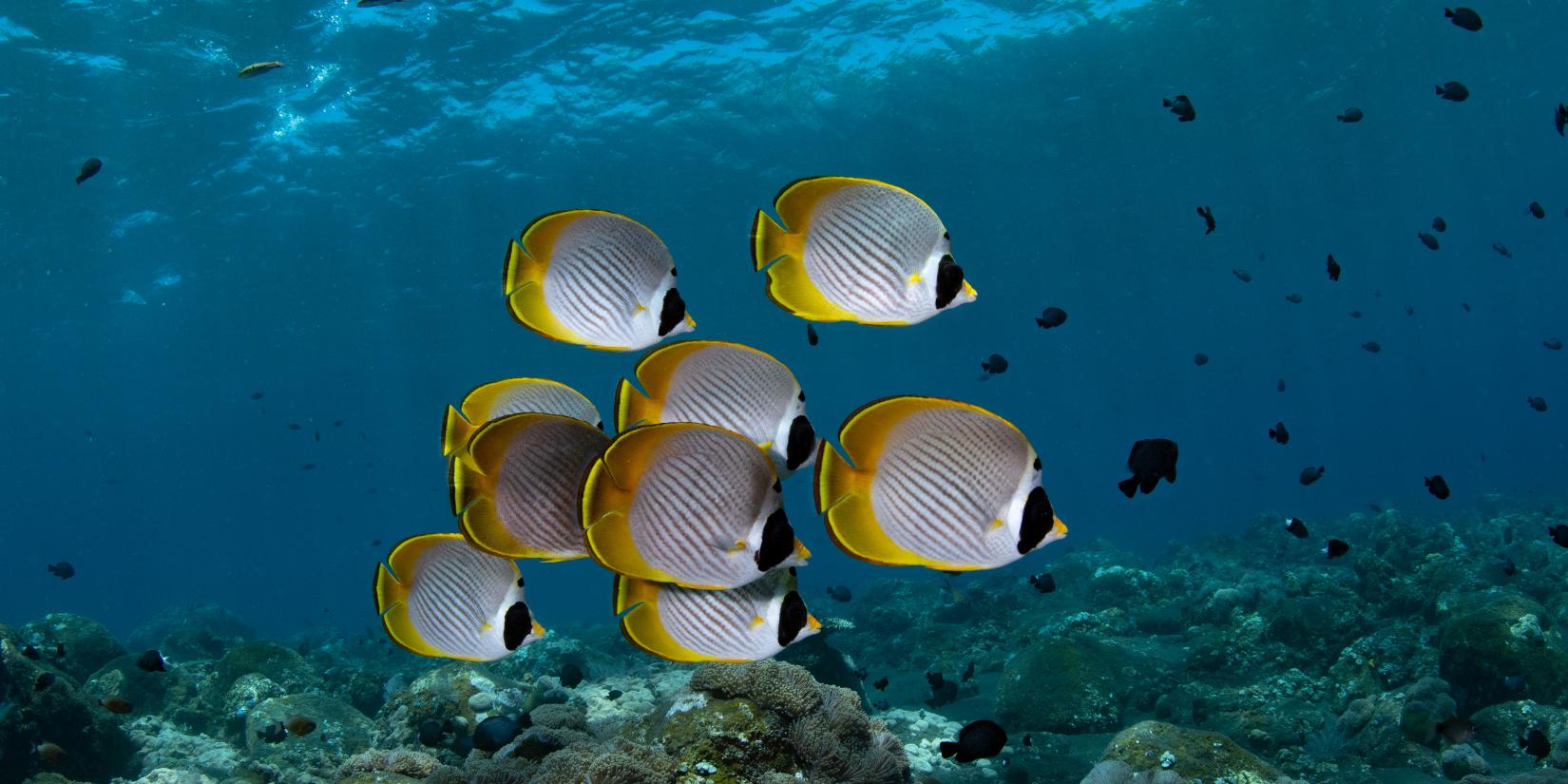

Dive Site
The underwater world in Tulamben is shaped by volcanic activity over centuries. You’ll find lava flows and hydrothermal vents that support rare creatures like ghost pipefish. Schools of trevallies swim by, and black sand areas are home to garden eels and cuttlefish. Night dives here are special, as you can see crustaceans that are rare in Bali’s south.
Werck
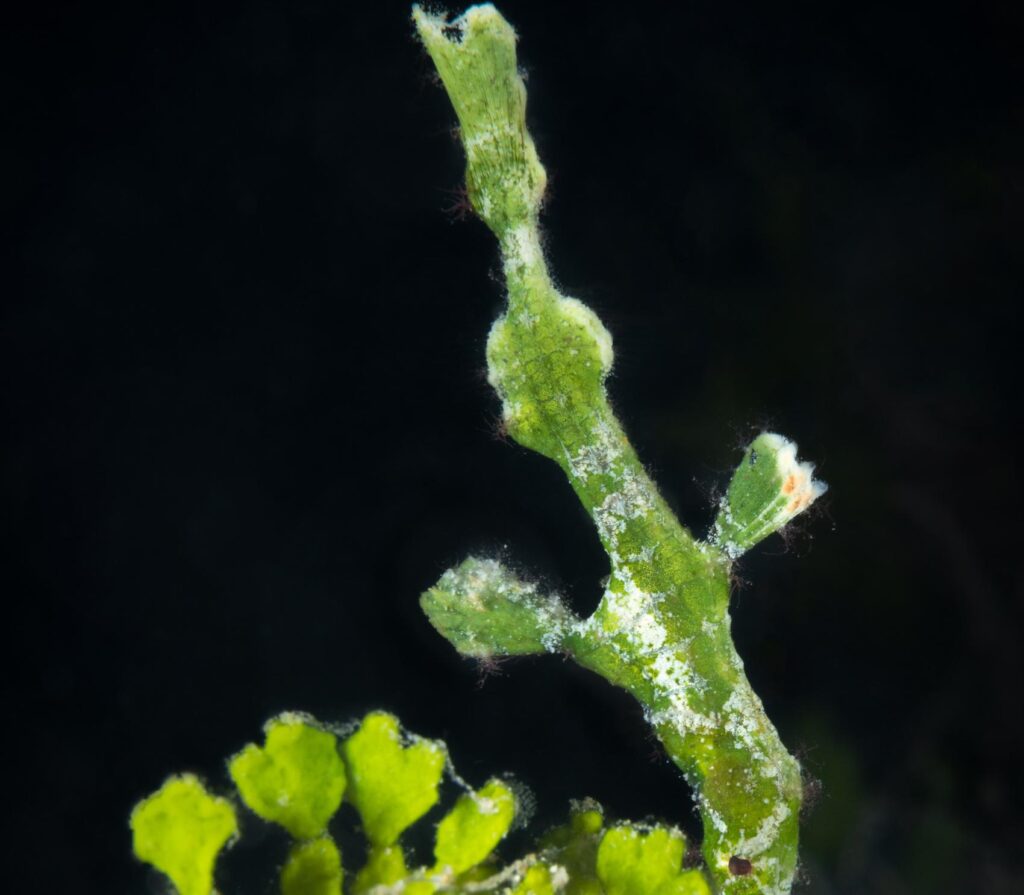
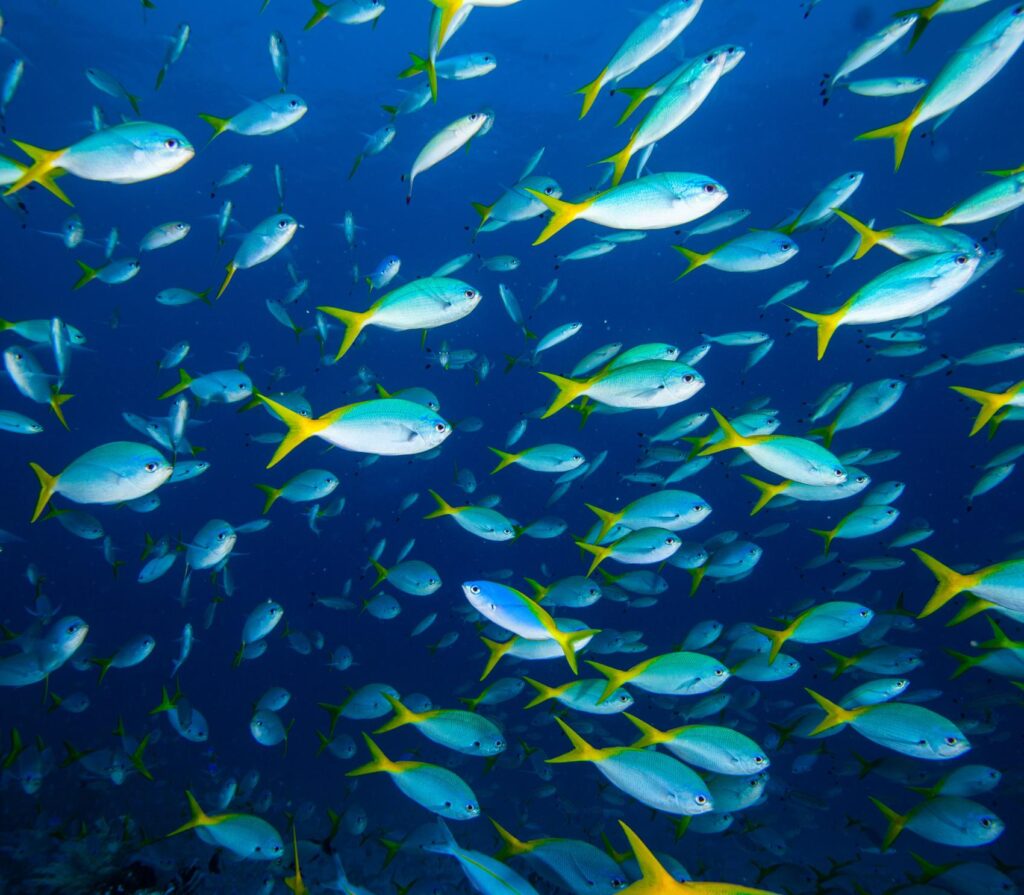
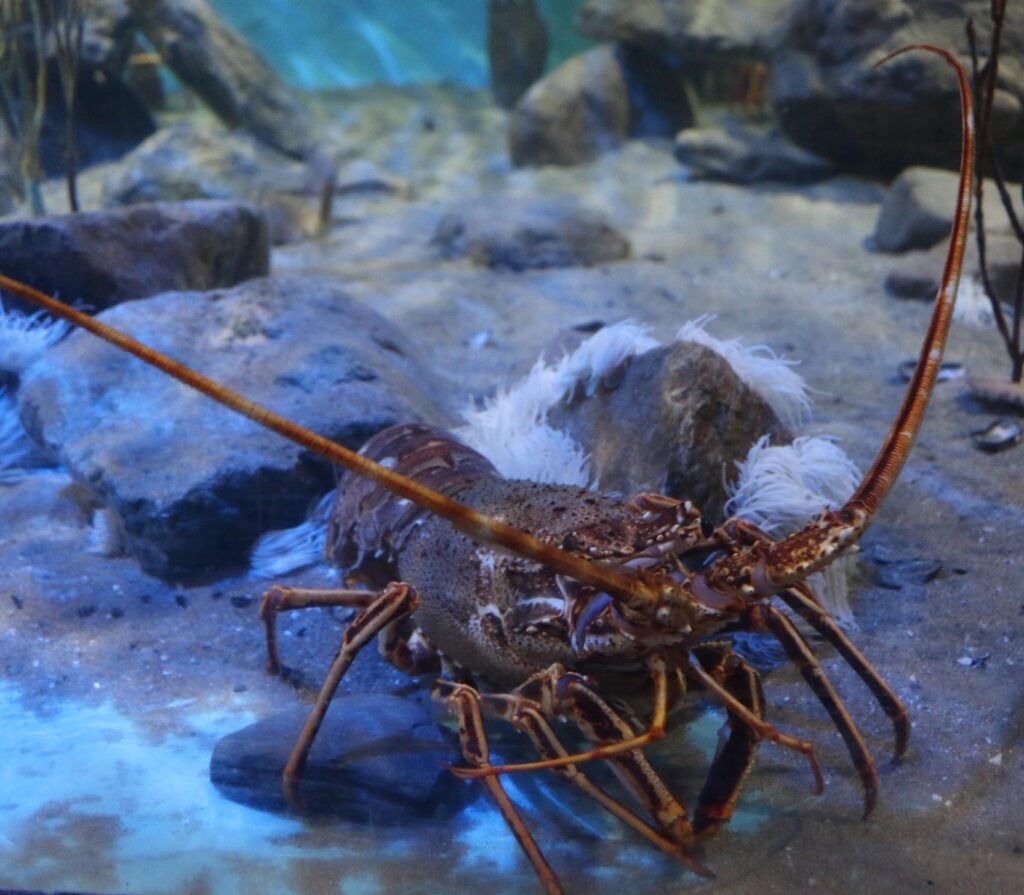
Dive Site
Over 40 nudibranch species, octopuses hiding in bottles, and juvenile batfish at the surface are all drawn to House Reef by its artificial structures and gradual slope. Up to 40 meters can be reached by technical divers. Pygmy seahorses and Bali’s greatest seahorse population can be found in the nearby macro hotspots of Kubu and Sidem. These locations, which are only 2.5 hours from Denpasar, are safeguarded by frequent cleanups and mooring initiatives.
Types of dives:
- Reef

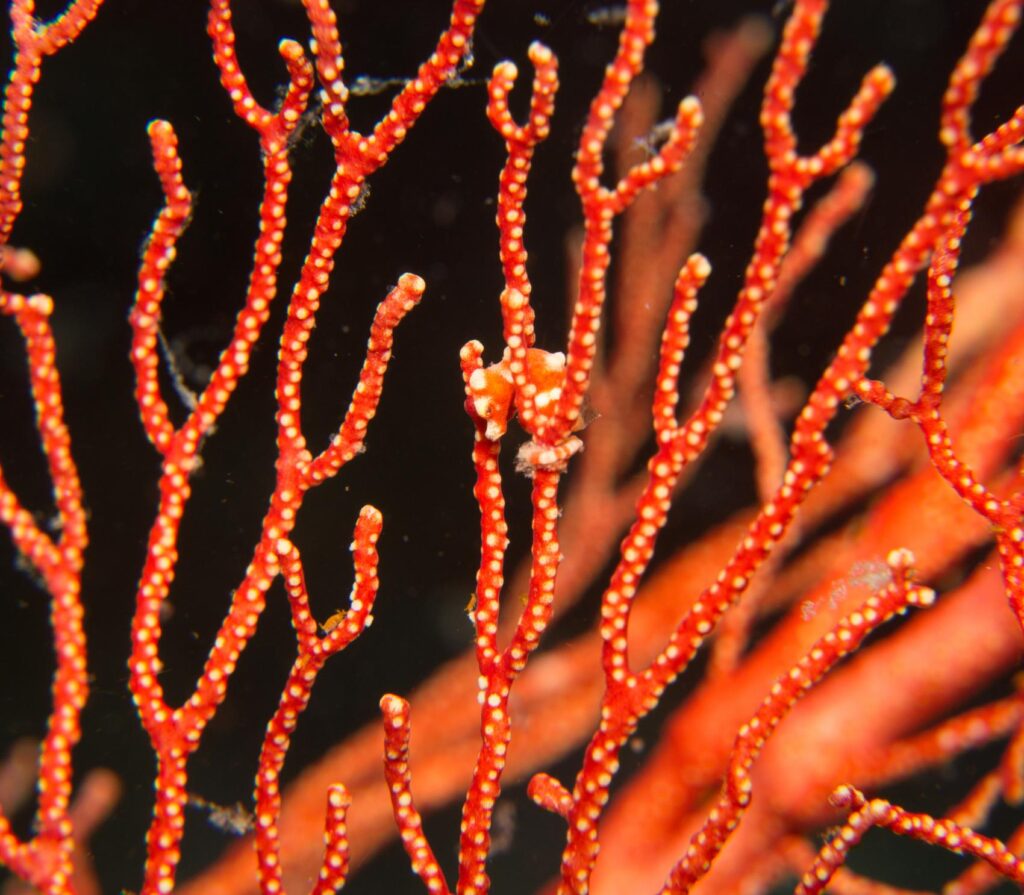
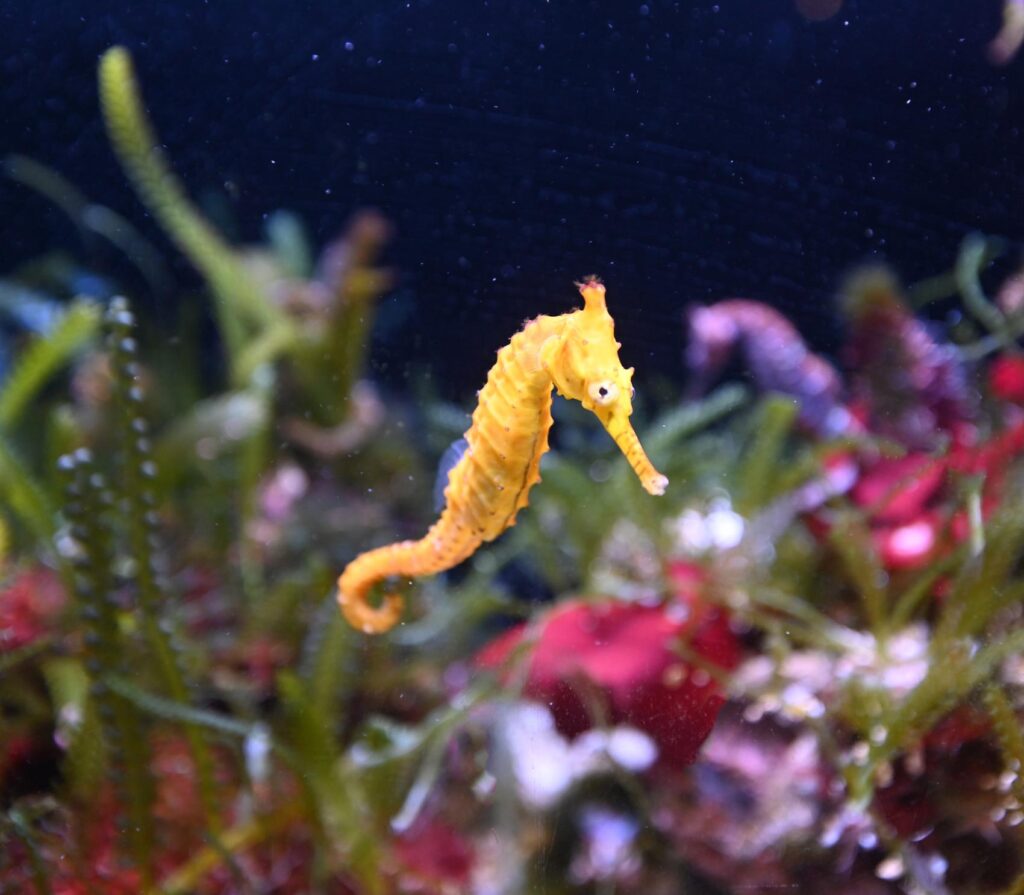
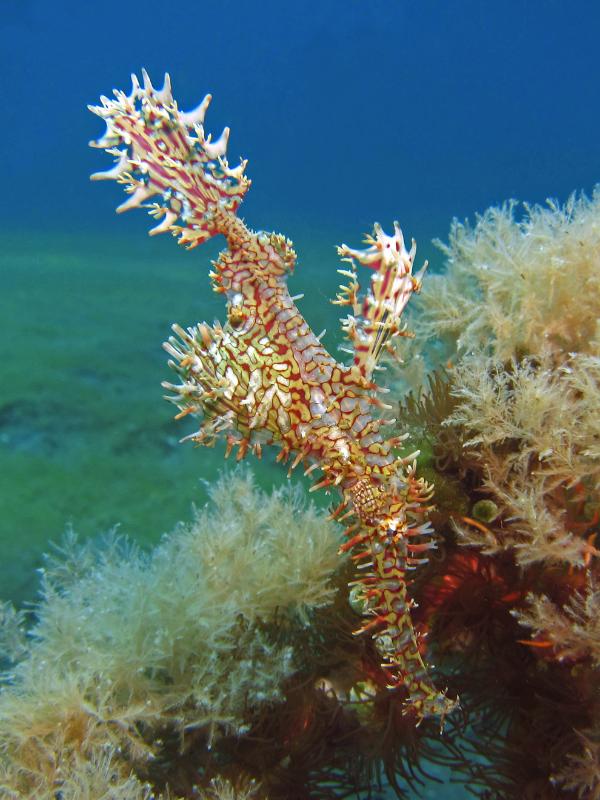
Historic waters with reefs and rare marine life
Tulamben Bay blends history and marine beauty, making it a cornerstone of Bali’s diving scene. Volcanic slopes give way to vibrant coral gardens, macro critters, and dramatic walls. At Seraya and Sidem, you’ll find harlequin shrimp and garden eels on mellow slopes. The Drop Off plunges 60+ meters into the Lombok Strait, while the iconic USAT Liberty wreck offers flashlight fish at night and pygmy seahorses by day, all just steps from shore.
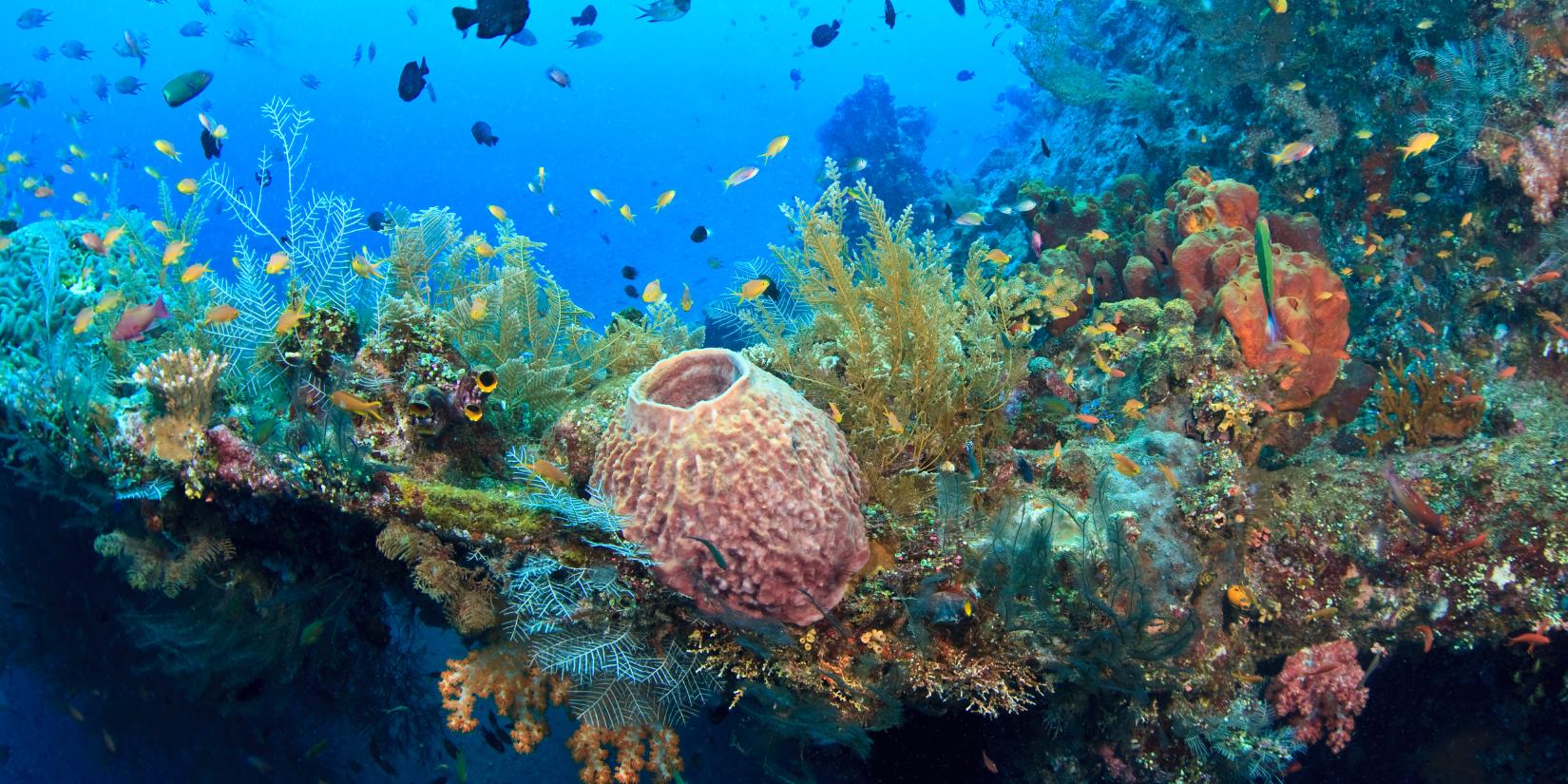
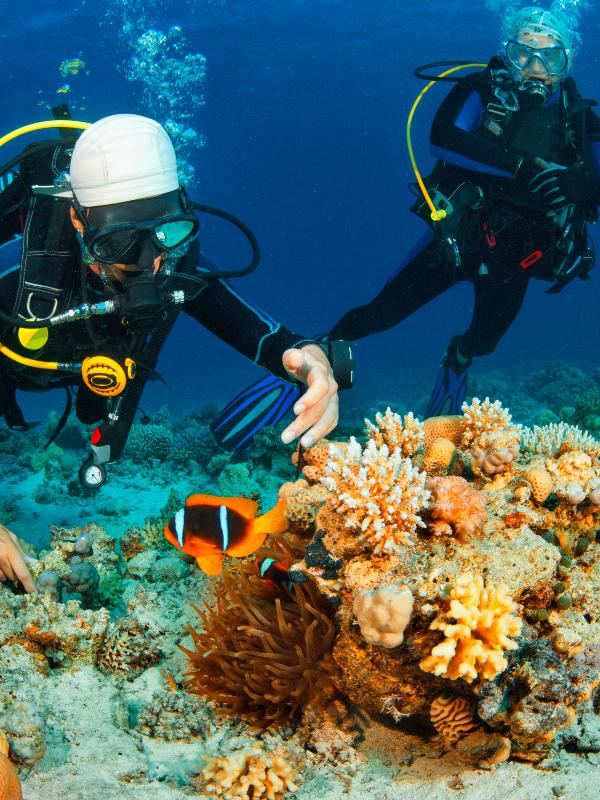
Dive Site
Seraya Secrets and Sidem’s slopes are perfect for macro photography. You’ll see slow-gliding garden eels and colorful nudibranchs. Night dives are special, with rare finds like the “harlequin shrimp” and sea stars. These areas are great for a relaxed dive, with depths from 5-18m.
Beach
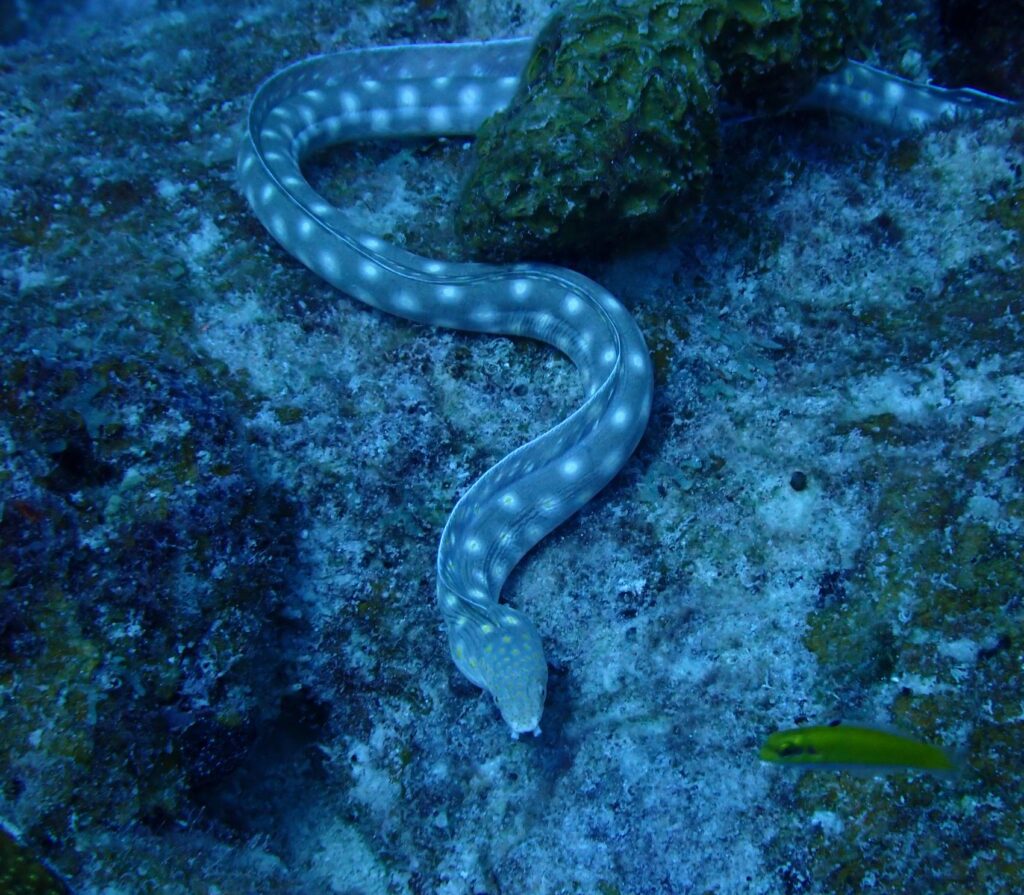
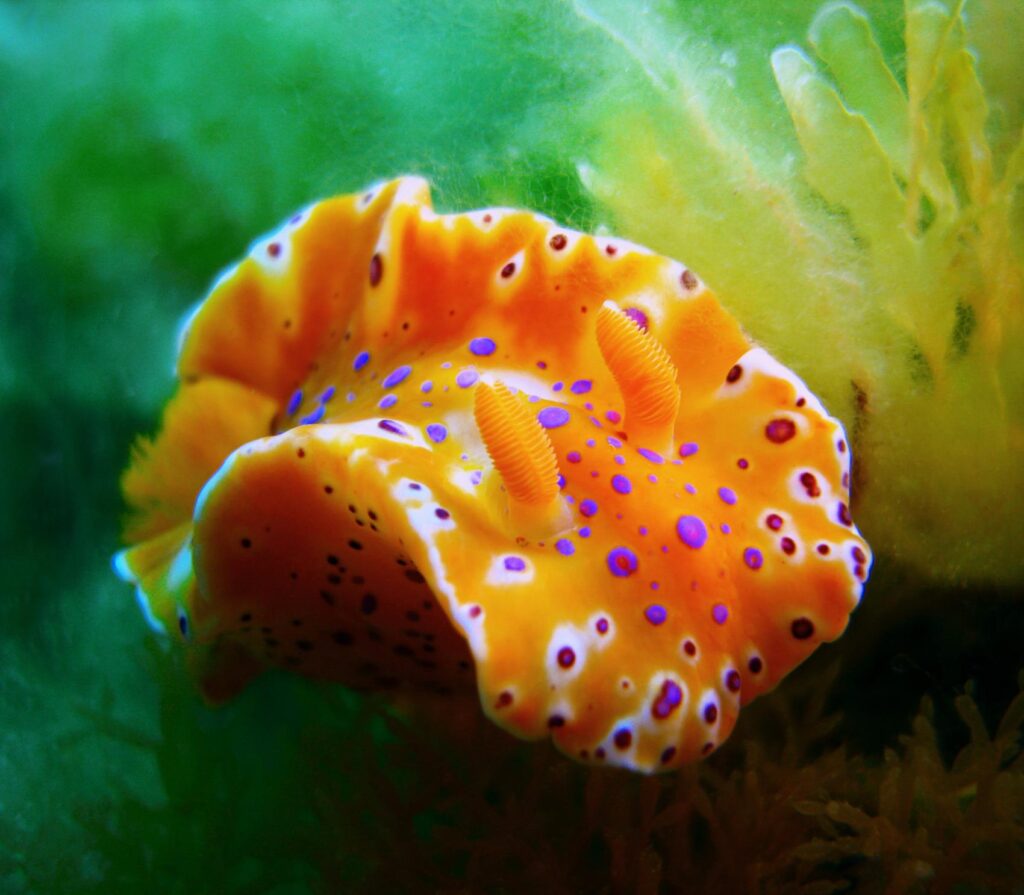

Dive Site
This wall drops 60m+ into the Lombok Strait. Above, you’ll see schools of jackfish and black coral. Keep an eye out for downcurrents during tidal shifts.
Types of dives:
- Reef

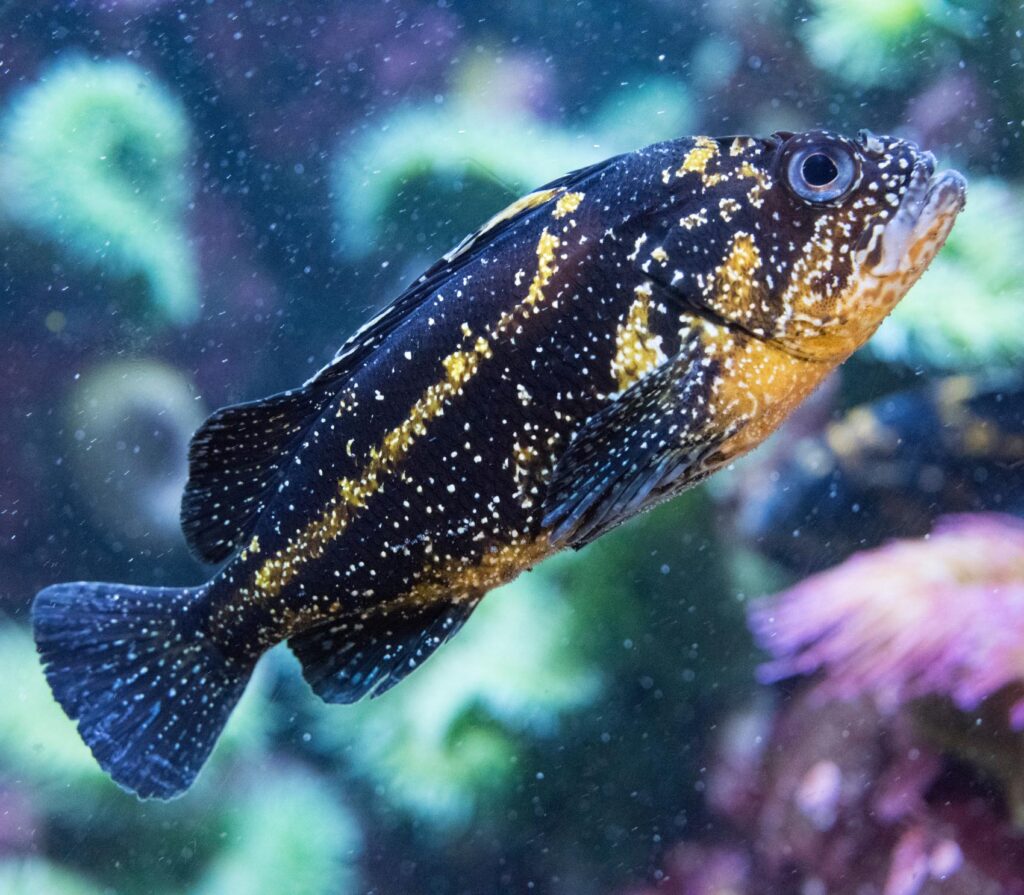

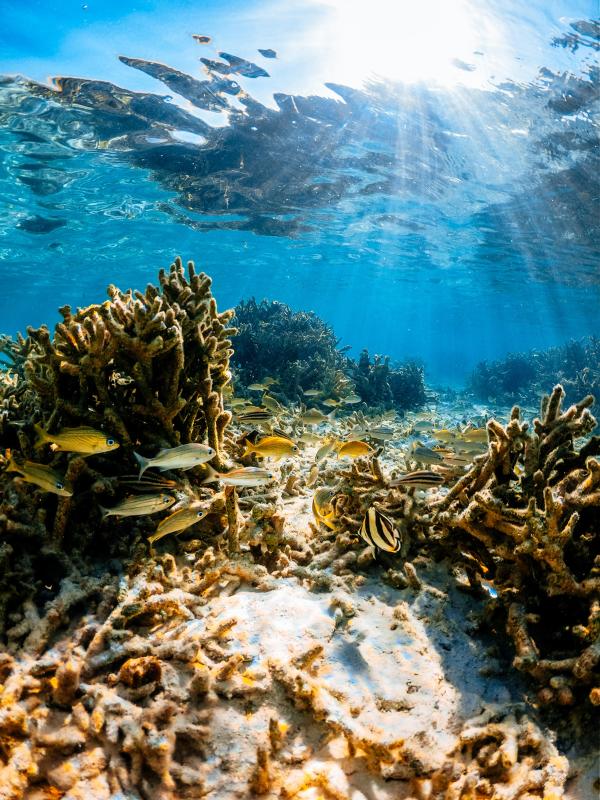
Dive Site
This WWII ship is known as the USS Liberty Wreck. It’s a 120m-long artificial reef at 3-29m depths. You’ll see Napoleon wrasse and pygmy seahorses here.
Types of dives:
- Reef
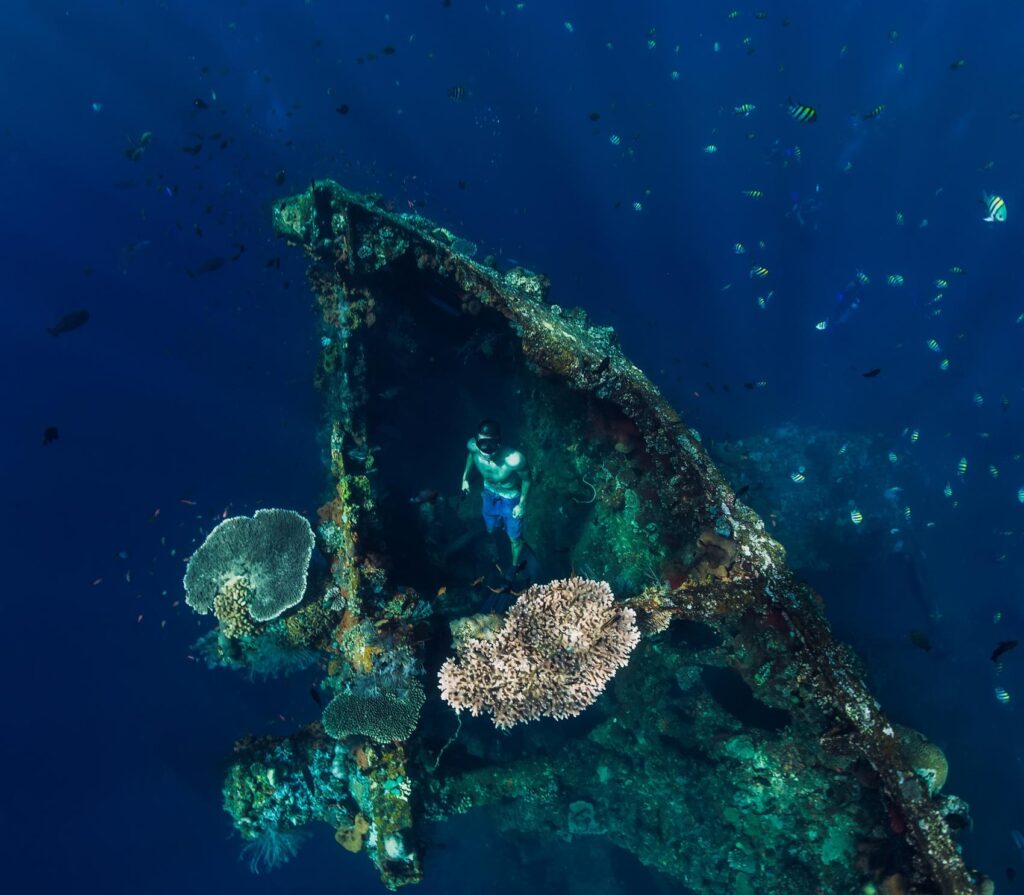
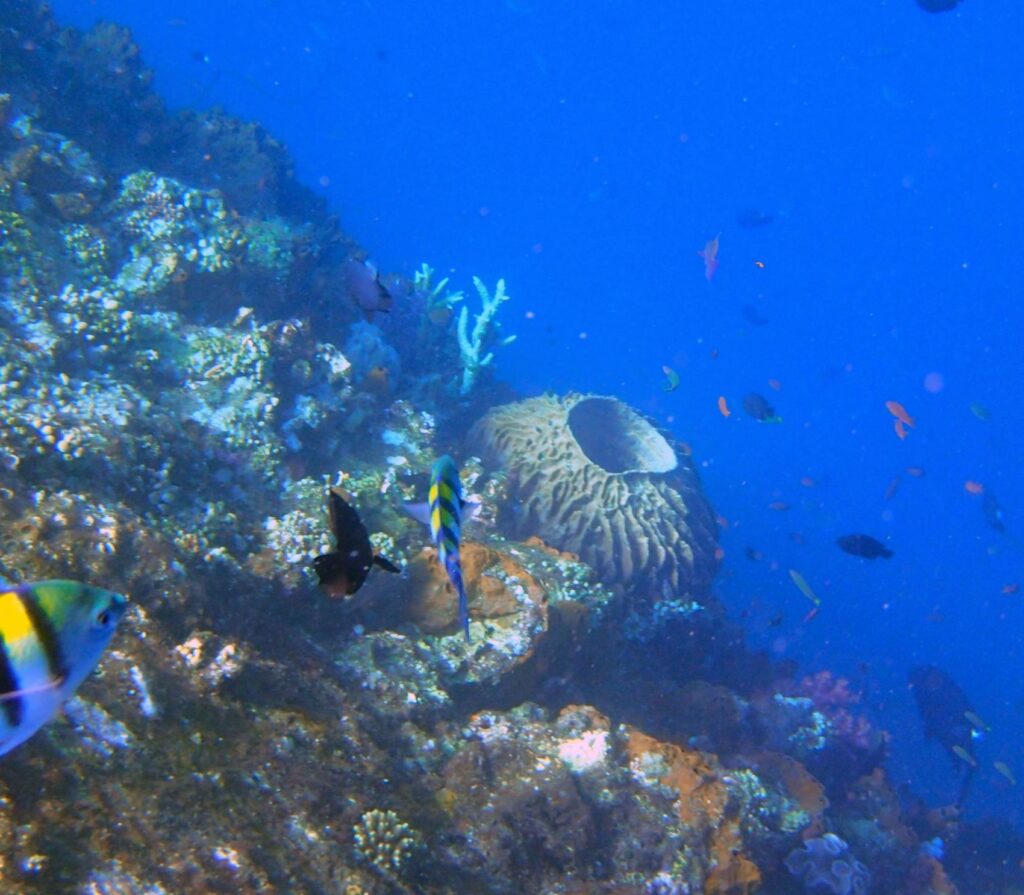
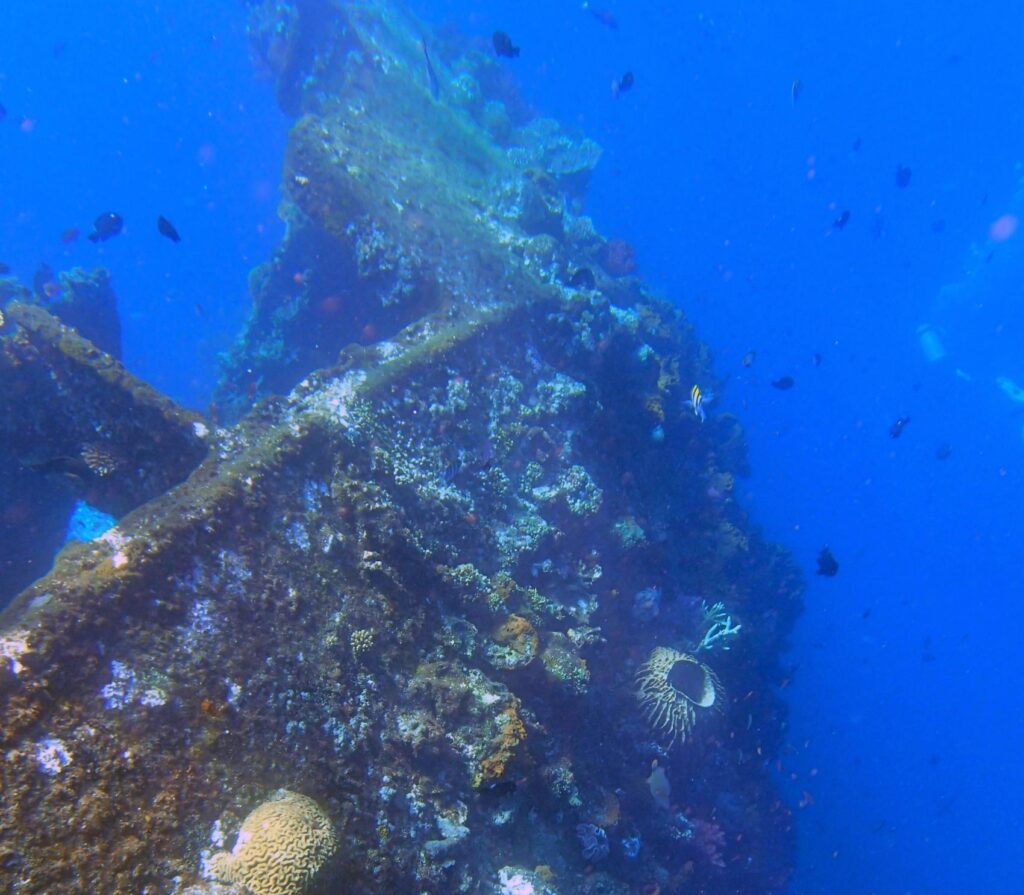
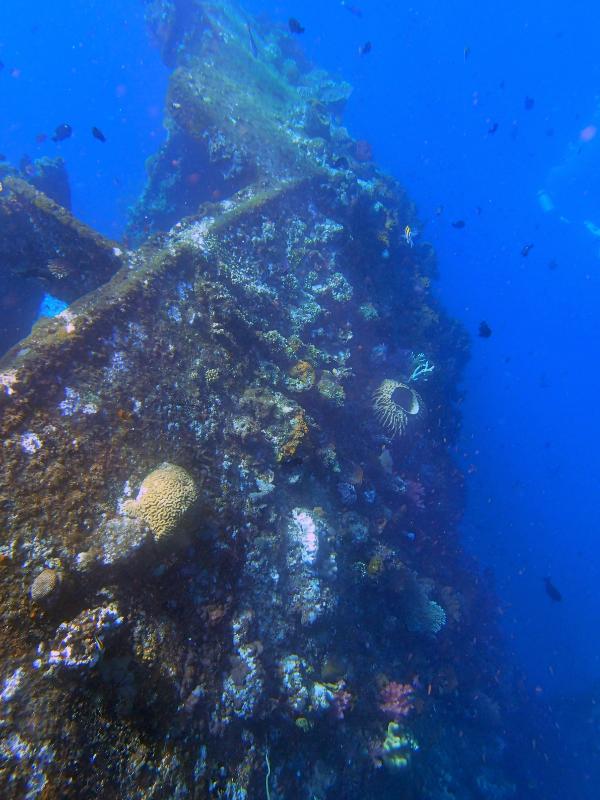
Dive Site
A WWII transport ship that has been transformed into a beautiful reef is the USAT Liberty near Tulamben. During safety breaks, divers can enjoy coral gardens, explore the engine room, or look for lantern fish. Strong departure currents at the stern require caution. For solid shore entry and exits on the rocky beach, guides advise using the “crab walk” and keeping your regulator in.
Wreck, Beach, and Wall

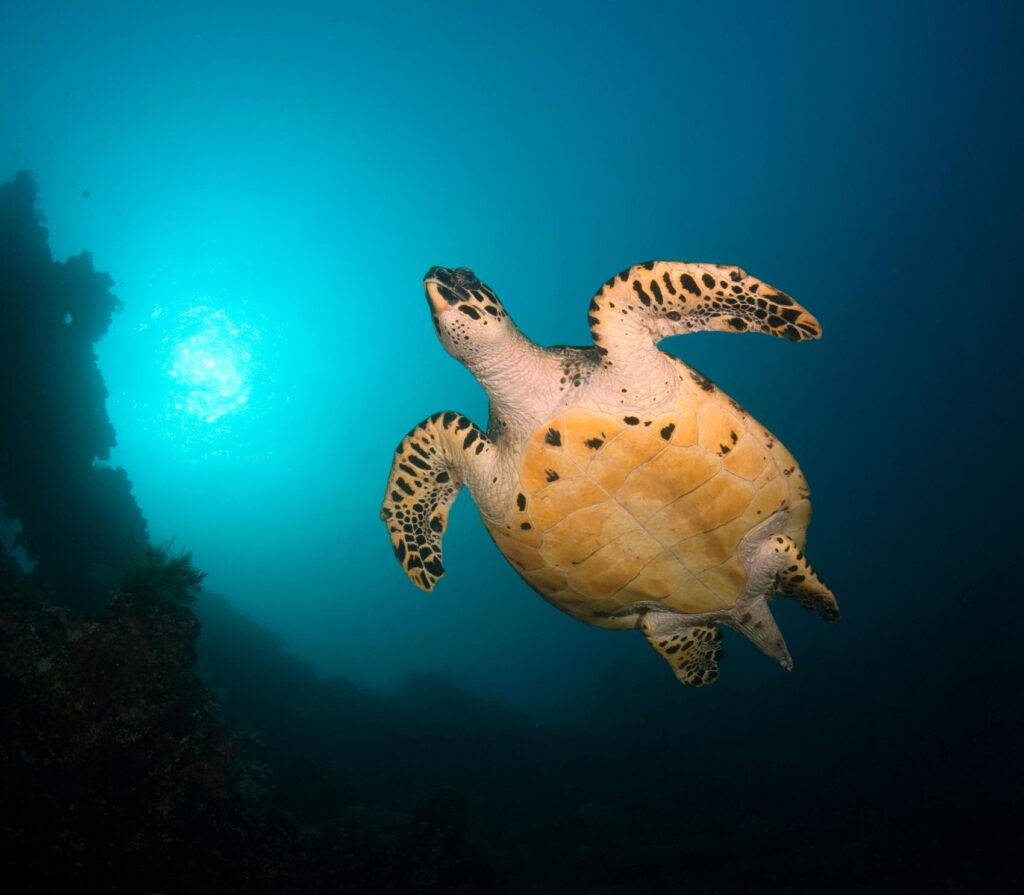

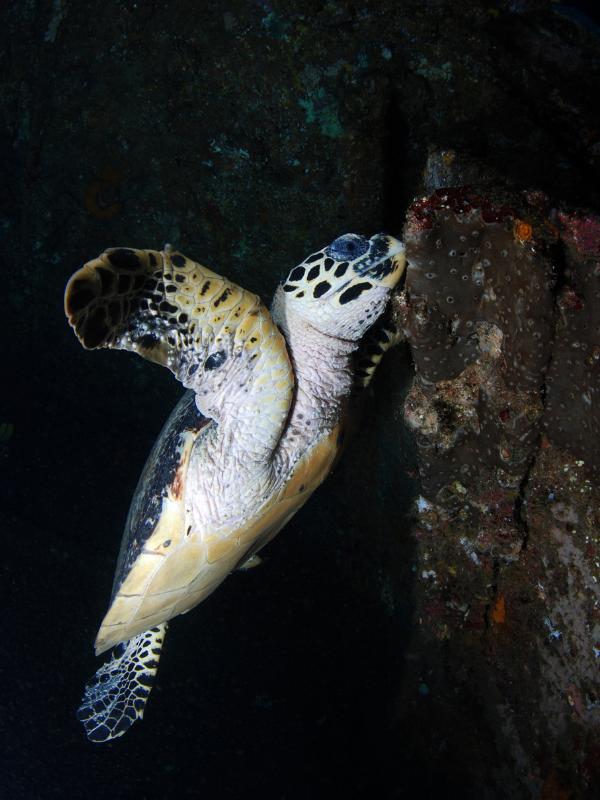
Peaceful wrecks and deep dives off the beaten path
Gili Rengit lies east of Lombok’s mainland. Gili Rengit lies east of Lombok’s mainland, offering dramatic underwater walls sculpted by ocean currents and thriving coral gardens teeming with unique marine species.
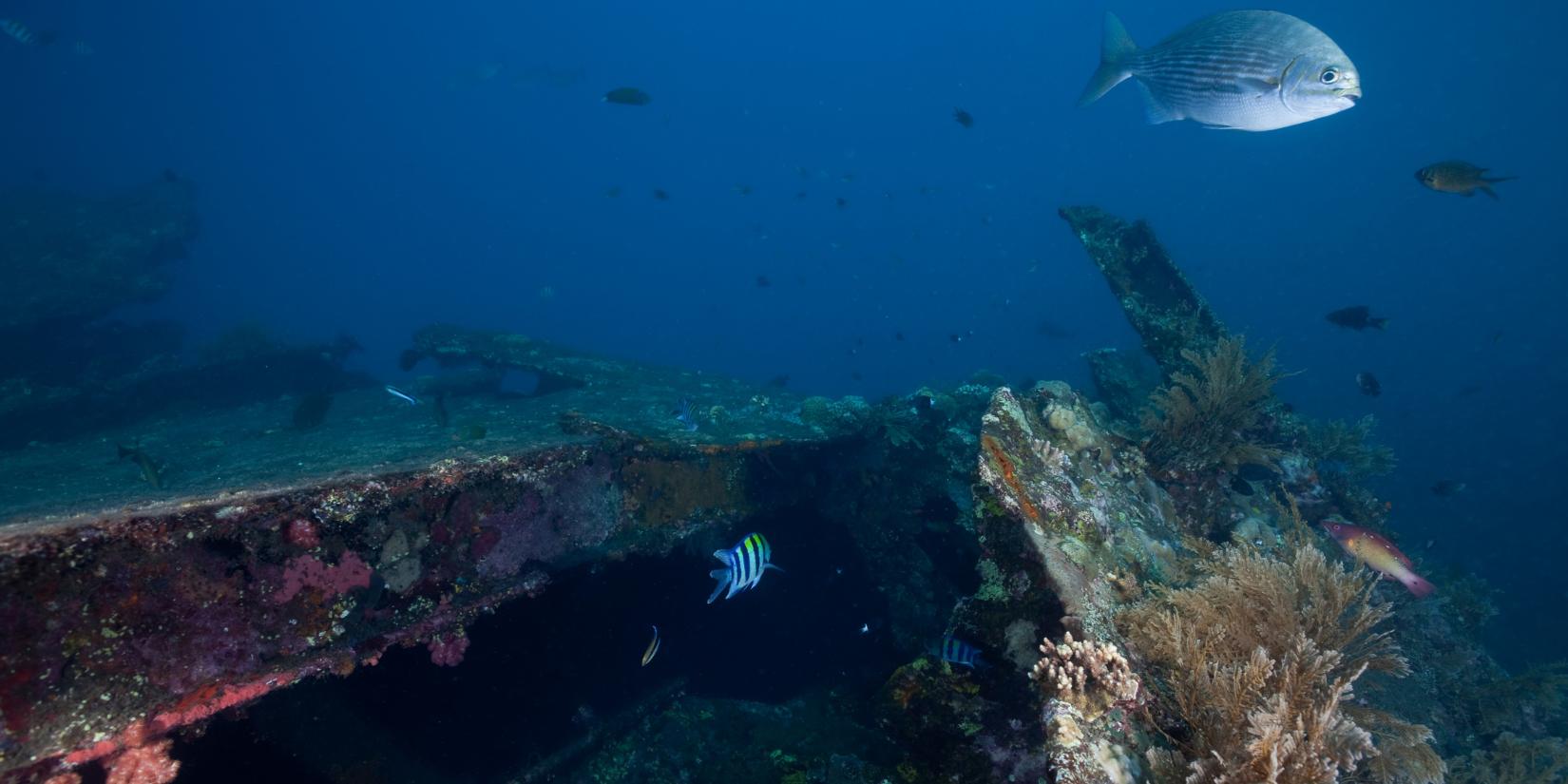
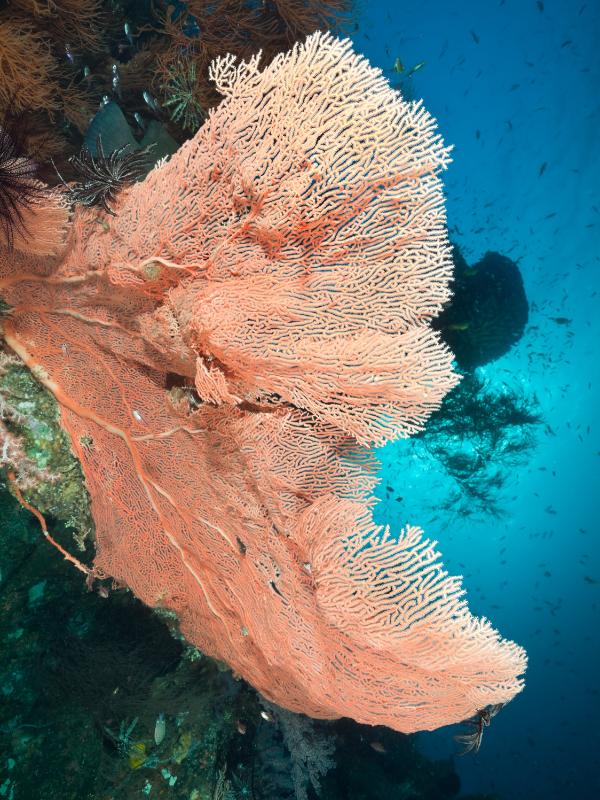
Dive Site
With a resting depth of 30 to 40 meters, the Boga Wreck is a favorite among experienced divers looking for bioluminescent night dives and wreck penetration. Sponge-covered and teeming with fish, it competes with Liberty for underwater photography. Smooth transfers between Kubu and Tulamben sites, naval briefings, and UV twilight dives are all provided by local guides. Boga is perfect for honing skills and discovering Tulamben’s rich diving heritage because to its excellent visibility and difficult depth.
Types of dives:
- Reef

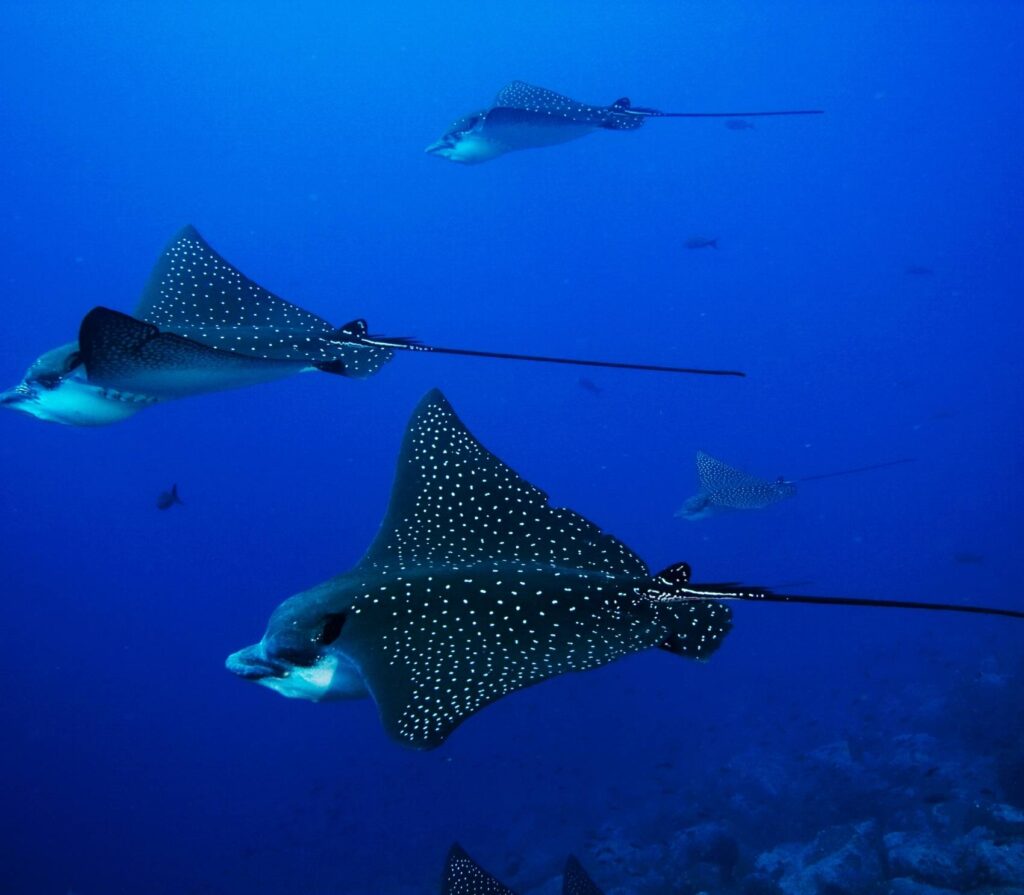

Hidden gems with rare species and bioluminescent magic.
Beyond the famous Liberty wreck, Tulamben offers unique underwater experiences. Dive into blackwater nights with glowing jellies and larval lionfish, or explore muck sites like Frogfish Alley and Ghost Pipefish Cove. Mandarin fish even dance at dusk. Snorkelers aren’t left out, shallow reefs reveal blue starfish and friendly turtles. For a full day, combine sunrise snorkeling with afternoon dives for Tulamben’s richest marine adventure.

FAQ
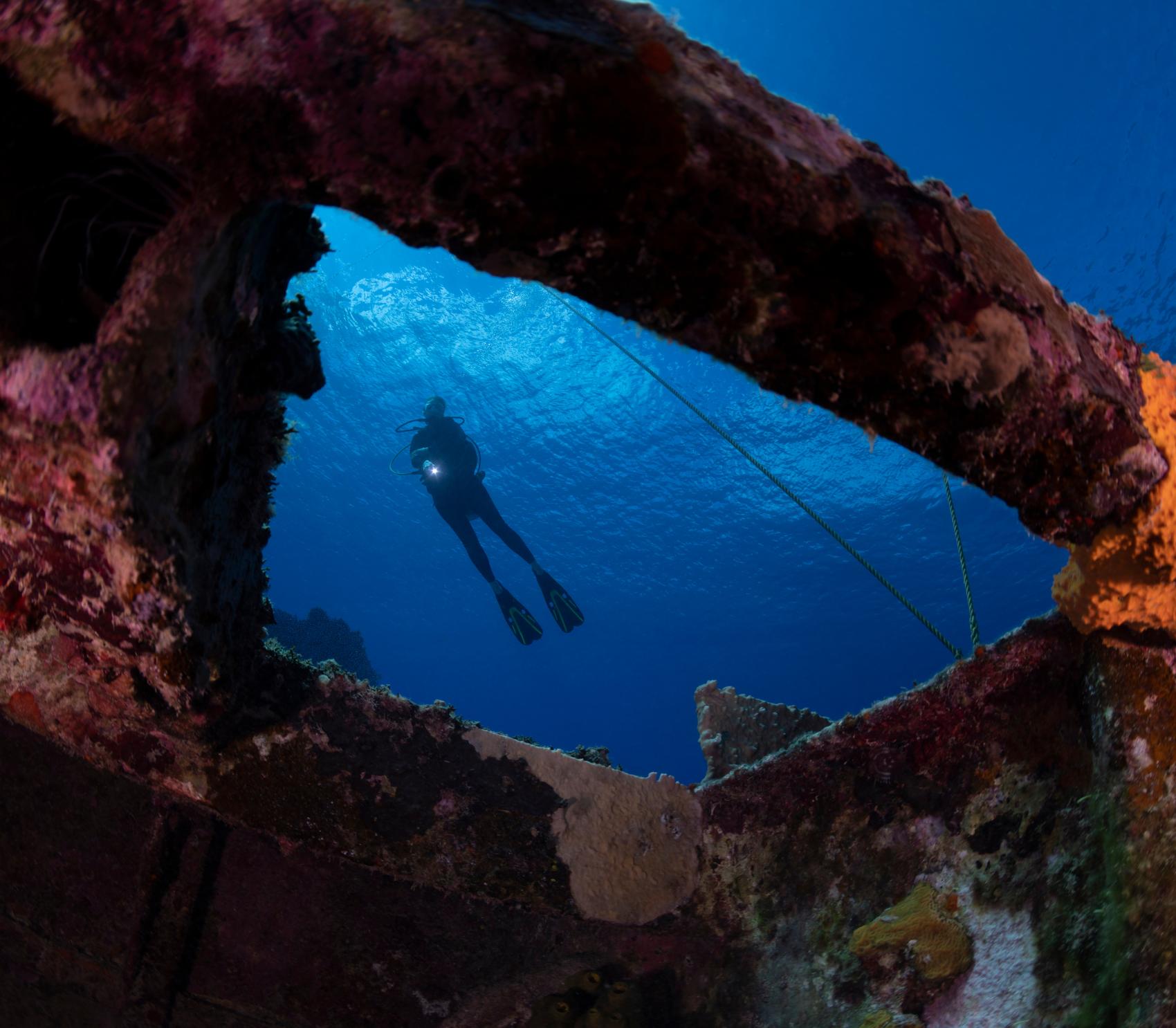
What makes Tulamben Bali's premier diving destination?
Tulamben is known for its historical wreck, the USAT Liberty, and rich marine life. The black volcanic sand beaches support rare species like Denise’s pygmy seahorse. You can dive from the shore anytime, and the clear waters are perfect for photos and studying marine life.
When is the optimal season for diving in Tulamben?
You can dive in Tulamben all year. The best time is April to November when the visibility is high. From December to March, the water is warmer, attracting manta rays and mola mola. Night dives on the Liberty wreck are amazing from June to September.
How does Tulamben's marine life compare to other Bali dive sites?
Tulamben’s lava flow creates special habitats for marine life. You can find Hypselodoris whitei nudibranchs and Thaumatichthys axeli deep-sea anglerfish. The “muck diving” sites have many species, including rhinopias scorpionfish and blue-ringed octopus.
What photography equipment is recommended for Tulamben's dive sites?
For muck sites, use macro lenses (60-100mm). Wide-angle lenses (10-17mm) are best for the Liberty wreck. Bring focus lights for diving at twilight. Local dive shops offer the right equipment for the area’s light.
Are Tulamben's shore entries challenging for new divers?
The pebble beach entry needs the right technique. Wear neoprene booties and get a briefing before diving. Sites like Melasti have safe coves for beginners.
What safety protocols are unique to Tulamben diving?
Dive with a 4:1 guide-to-diver ratio and use AEDs. The nearest hyperbaric chamber is 45 minutes away. Night dives require extra light systems. Use reef hooks and practice buoyancy control in currents.
How do Tulamben dive packages compare cost-wise to neighboring Amed?
Tulamben dives cost $85-$110, while Amed dives are $75-$90. Tulamben packages include photography guides and marine biologist briefings. Multi-day trips offer discounts, and remember to budget for marine park fees.
What conservation practices protect Tulamben's ecosystems?
No gloves are required to protect coral. Coral workshops are available, and divers can adopt coral fragments. Use reef-safe sunscreen and keep a distance from seahorse habitats. Avoid laser pointers on nocturnal species.
What makes Mocean Beach Resort’s diving packages unique?
Their “dive-sleep-scooter” packages combine Tulamben’s heritage sites with West Sumbawa’s Manta Point, including spa treatments and gear storage. Unlike traditional shops, they offer blackwater diving workshops with professional photo editing stations. The second source highlights their nitrox-enabled boats and reef conservation programs.
West Sumbawa
After exploring Tulamben’s iconic dive sites, you might be wondering where to dive next. For a more exclusive and tranquil experience, consider West Sumbawa. Mocean Beach Resort & Dive Center offers luxury villas, nitrox dives, spa treatments, and access to untouched reefs like Manta Point. With boats just steps away and no crowds in sight, it’s a premium escape that blends adventure with comfort, perfect for your next Indonesian dive journey.
